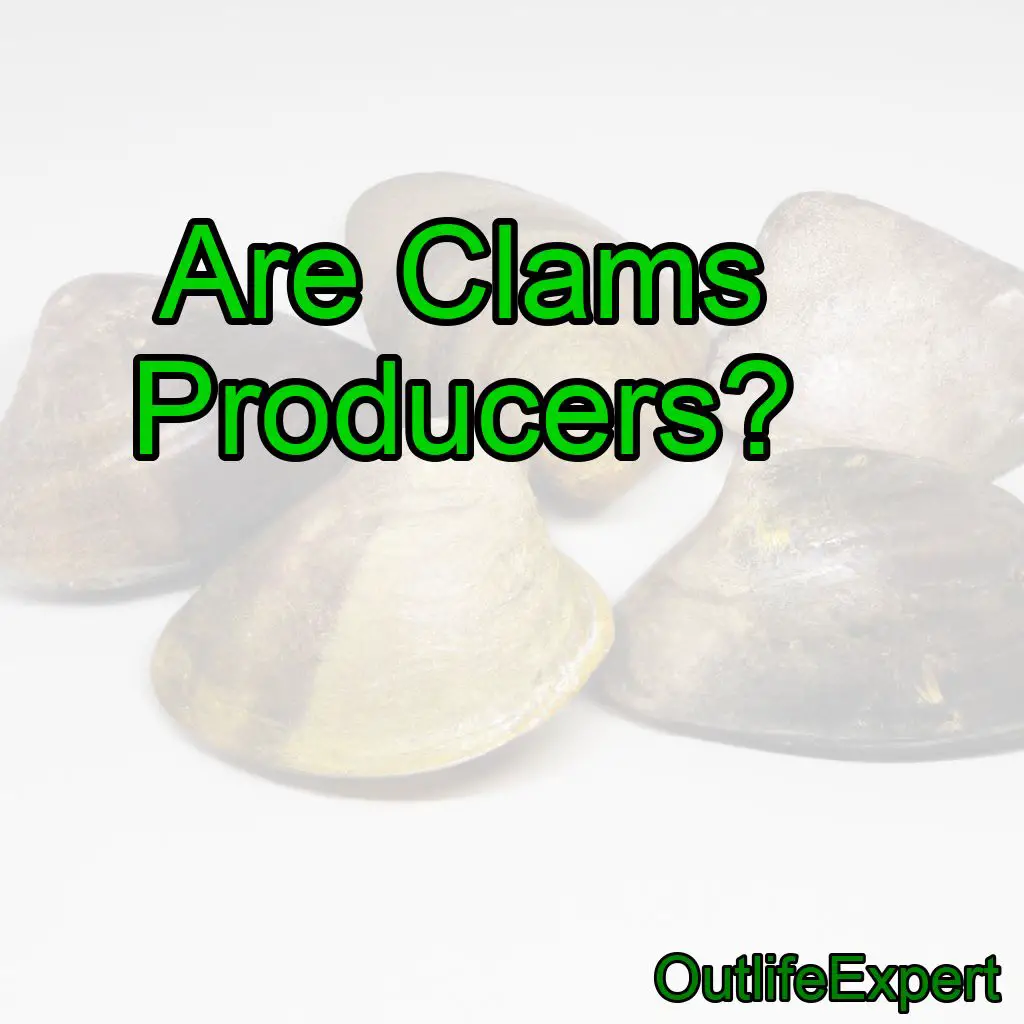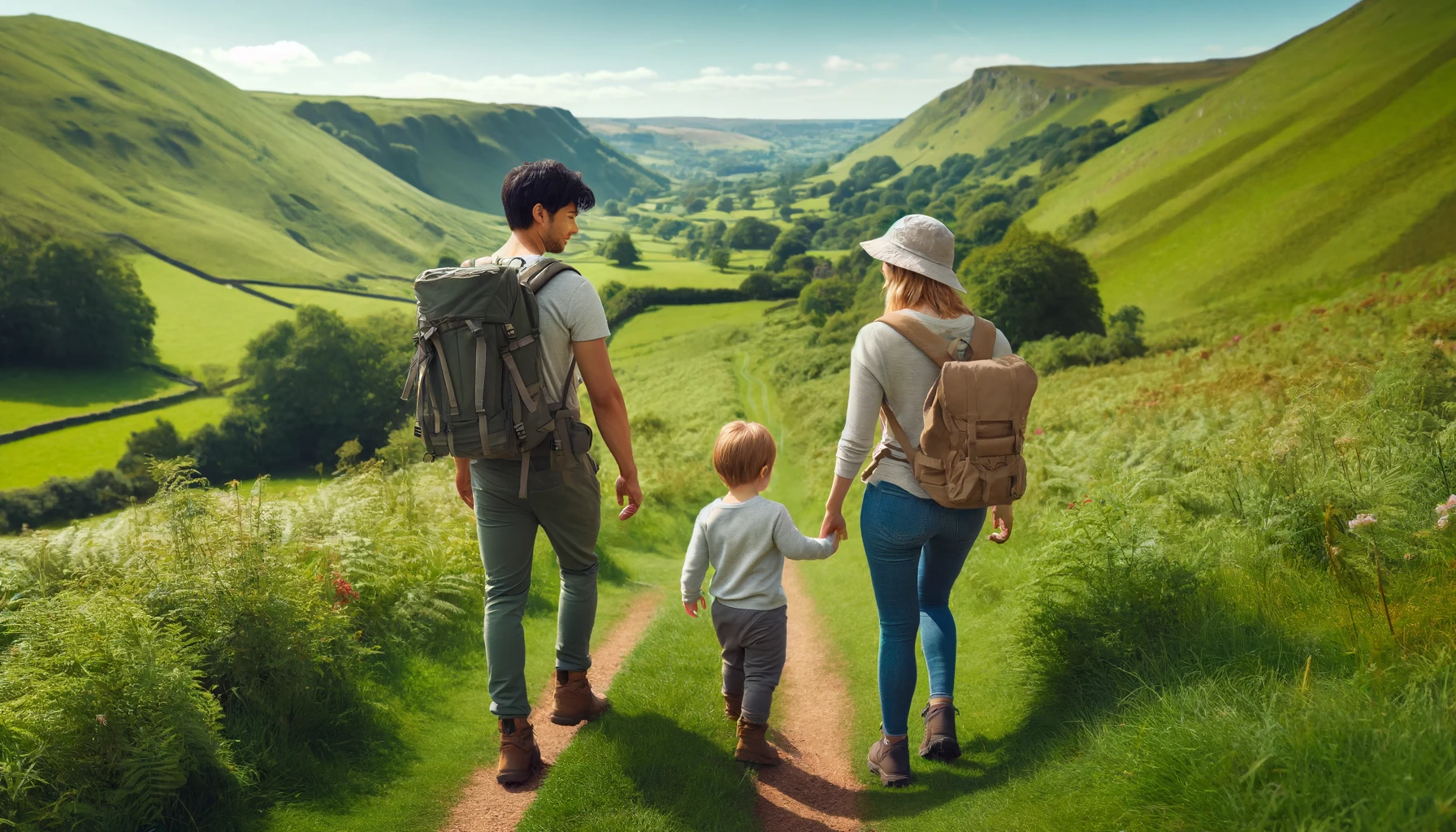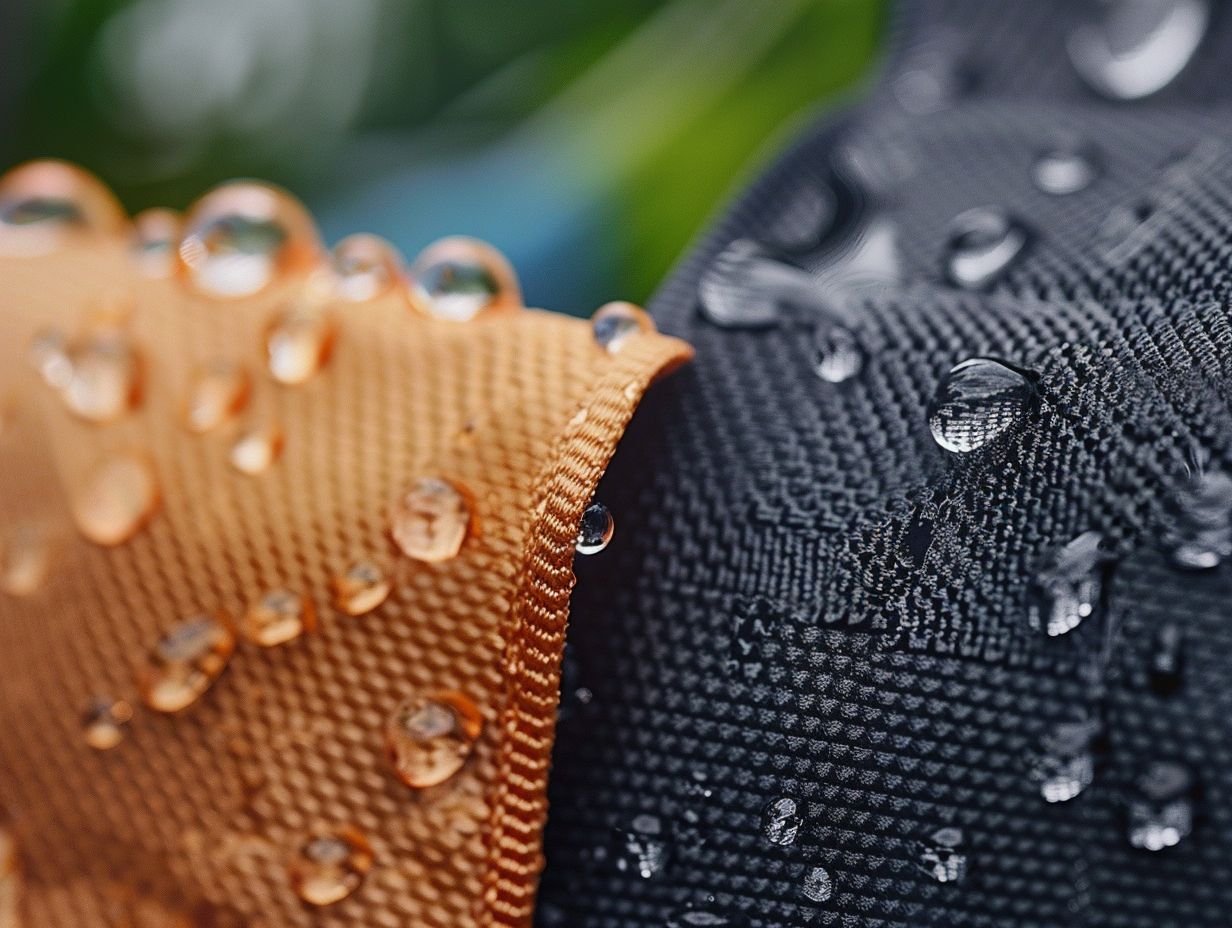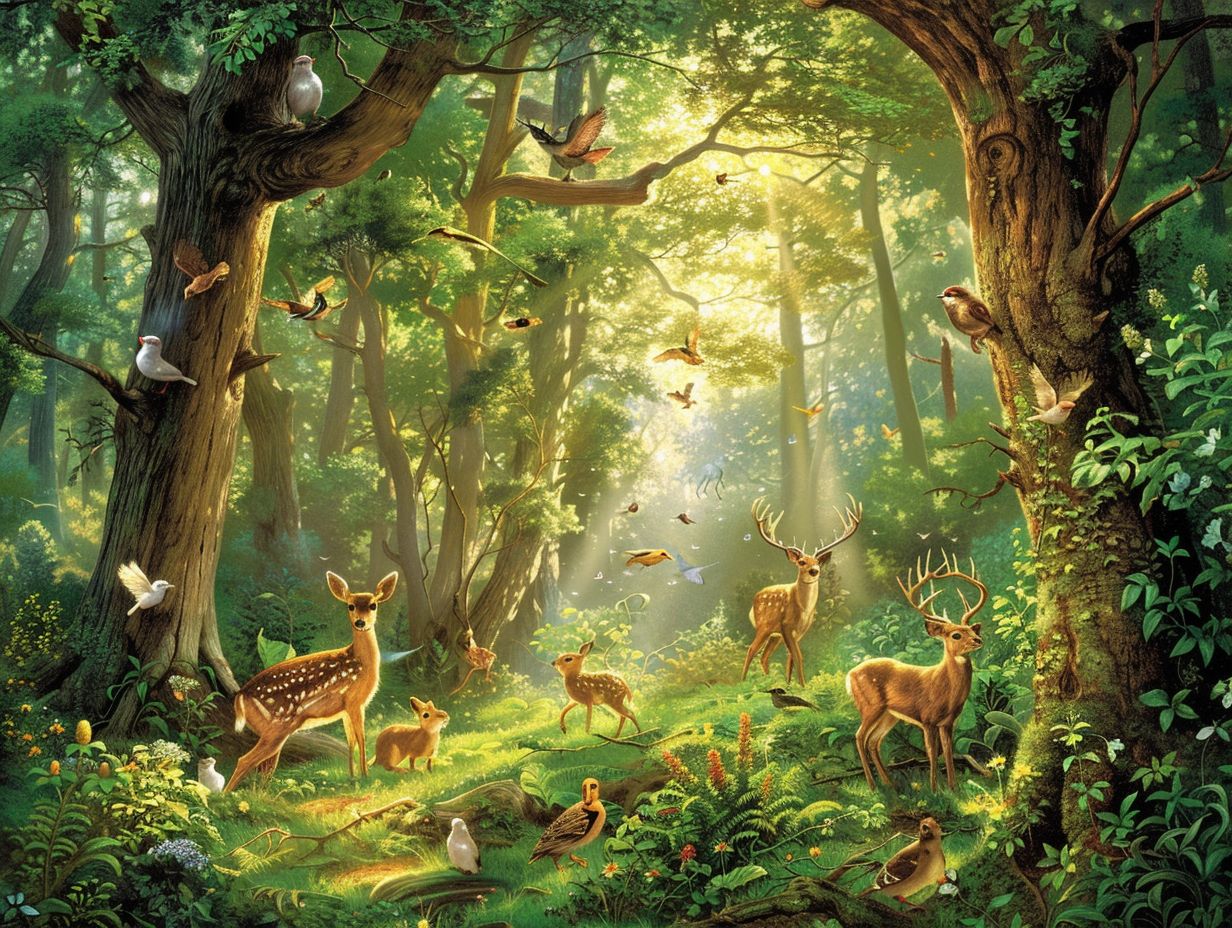Yes, clams are considered to be producers in marine ecosystems. As a marine biologist with a passion for the underwater world, I have had the privilege of studying various marine organisms, including clams. Clams are fascinating creatures that play a significant role in the functioning of marine ecosystems. In this blog post, I will delve into the world of clams, their role as producers, and how they contribute to the overall health and function of our oceans.
What are clams?
Classification and diversity
Clams are bivalve mollusks, which means they have two shells connected by a hinge. There are over 15,000 species of clams, ranging in size from a few millimeters to 4 feet across, and they can be found in both freshwater and marine environments. Some well-known examples of clams include scallops, mussels, and oysters. Clams are a diverse group of organisms, and their various adaptations and behaviors make them a fascinating subject of study for marine biologists like myself.
Anatomy and physiology
Despite their simplicity, clams possess a unique internal anatomy that allows them to thrive in a variety of environments. Their most recognizable feature is their two shells, which protect their soft body from predators and environmental hazards. Inside, clams have a muscular foot that they use for digging into the sediment, a mouth surrounded by feeding structures called gills, and a digestive system that filters food particles from the water.
Clams also have a unique circulatory system, which relies on a combination of blood and seawater to transport nutrients and oxygen throughout their body. This system is efficient and allows clams to live in a variety of environments, from the deep sea to shallow tidal pools.
Clams as producers
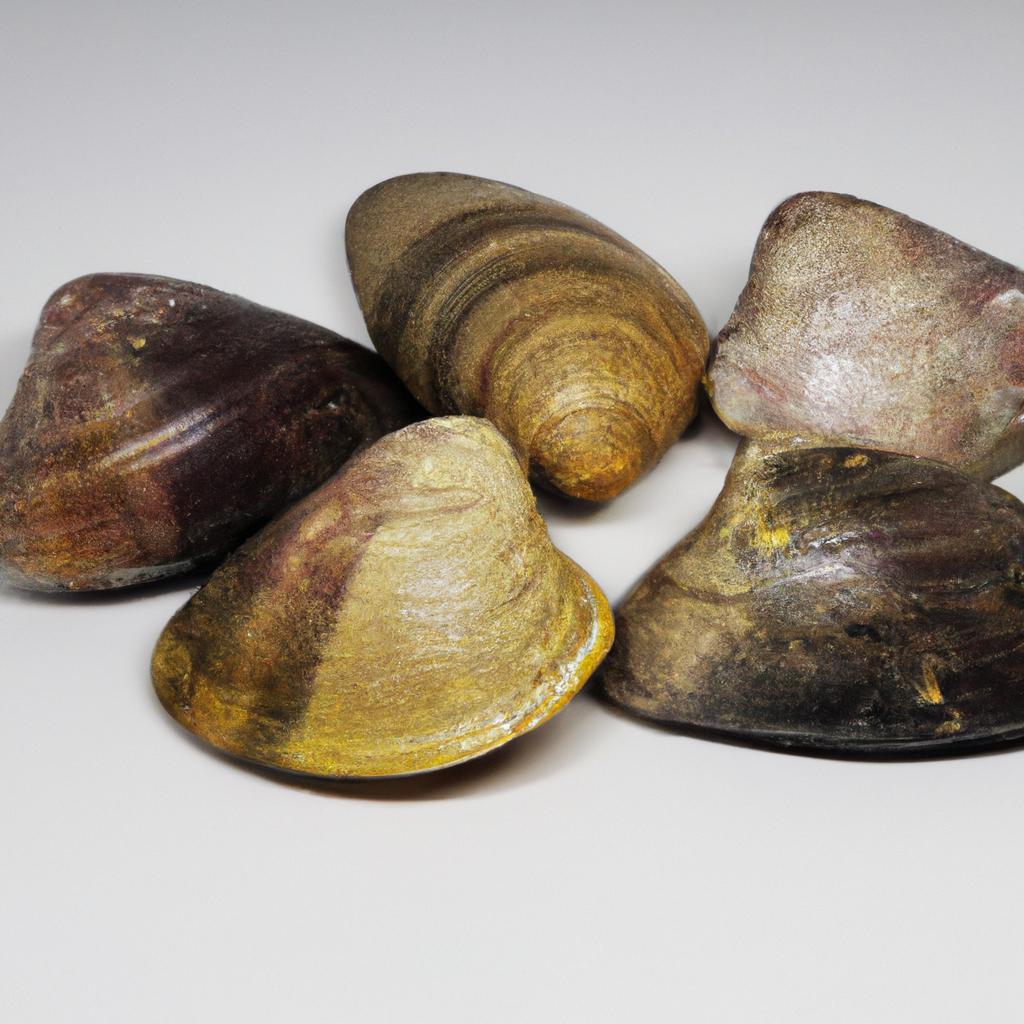
Primary production in marine ecosystems
In marine ecosystems, primary production is the process by which organisms convert sunlight, carbon dioxide, and nutrients into organic matter, which can then be consumed by other organisms. This process is essential for the health and function of marine ecosystems, as it provides the base of the food web and supports a diverse array of organisms.
Clams and photosynthesis
While clams do not directly engage in photosynthesis, they play a vital role in primary production through their symbiotic relationships with photosynthetic algae. These tiny algae, called zooxanthellae, live within the tissues of certain species of clams and provide them with food and nutrients in exchange for a safe place to live. The photosynthetic activity of these algae contributes to primary production in the marine ecosystem, making clams important producers.
Filter feeding and nutrient cycling
In addition to their role as producers, clams also contribute to primary production through their filter-feeding behavior. By filtering out tiny particles of organic matter from the water column, clams help to recycle nutrients and make them available for other organisms. This process, known as nutrient cycling, is essential for maintaining the health and productivity of marine ecosystems.
The ecological importance of clams
Food source for other organisms
As producers, clams provide a valuable food source for many other marine organisms. Fish, birds, and marine mammals all rely on clams as a source of nutrition, and the health of these species is directly tied to the abundance and health of clam populations.
Stabilizing sediment
By burrowing into the sediment, clams help to stabilize the seafloor and create a more hospitable environment for other organisms. This process can improve water quality by reducing the amount of suspended sediment in the water column and help to prevent coastal erosion.
Bioindicators of ecosystem health
The health of clam populations can serve as an indicator of the overall health of a marine ecosystem. Clams are sensitive to changes in water quality and are often the first organisms to be affected by pollution and other environmental stressors. By monitoring the health of clam populations, marine biologists like myself can gain insight into the overall health of the marine ecosystem and identify potential threats.
Threats to clams
Overharvesting
One of the primary threats to clam populations is overharvesting. Clams are an important food source for humans, and overfishing can lead to population declines and the collapse of local clam fisheries. In order to protect clam populations, it is essential to implement sustainable fishing practices and enforce regulations to limit overharvesting.
Pollution
Pollution from both point and non-point sources can have a detrimental impact on clam populations. Pesticides, heavy metals, and other contaminants can accumulate in clam tissues, leading to reduced growth rates, reproductive failure, and even mortality. Reducing pollution and improving water quality is essential for the health and survival of clams and the ecosystems they support.
Climate change
Climate change poses a significant threat to clams and other marine organisms. Rising sea levels, ocean acidification, and changes in temperature can all impact clam populations, either directly or indirectly. In order to protect clams and the ecosystems they support, it is crucial to address the causes of climate change and reduce greenhouse gas emissions.
Conclusion
In conclusion, clams are indeed producers in marine ecosystems, playing a vital role in primary production, nutrient cycling, and supporting a diverse array of organisms. The health and abundance of clam populations are essential for the overall health and function of marine ecosystems. As a marine biologist, I am passionate about studying these fascinating organisms and working to protect them from threats such as overharvesting, pollution, and climate change. Here are 10 fascinating facts about clams:
1. Clams are bivalve mollusks, meaning they have two shells connected by a hinge.
2. There are over 15,000 species of clams, found in both freshwater and marine environments.
3. Clams have a unique internal anatomy, including a muscular foot and a circulatory system that relies on a combination of blood and seawater.
4. Clams are producers in marine ecosystems through their symbiotic relationships with photosynthetic algae and their filter-feeding behavior.
5. The photosynthetic activity of algae living within certain clam species contributes to primary production in marine ecosystems.
6. Clams help to recycle nutrients in the marine environment through their filter-feeding behavior.
7. The health of clam populations can serve as an indicator of overall ecosystem health.
8. Clams face threats from overharvesting, pollution, and climate change.
9. Sustainable fishing practices and reducing pollution are essential for the protection of clam populations.
10. As a marine biologist, I am passionate about studying clams and working to protect the ecosystems they support.
FAQs
Is a clam a primary consumer?
Yes, a clam is a primary consumer as it feeds on phytoplankton and other microscopic organisms, which are producers in the food chain.
Are clams a producer or consumer?
Clams are consumers, as they obtain energy by feeding on other organisms.
Are clams decomposers?
No, clams are not decomposers. They are filter feeders that obtain their nutrients by filtering water and extracting microscopic organisms.
Is a clam a primary or secondary consumer?
A clam is a primary consumer, as it feeds on phytoplankton and other microscopic organisms.
Are clams consumers?
Yes, clams are consumers as they feed on plankton and other small organisms, making them part of the food chain.
Is a clam a producer consumer or Decomposer?
A clam is a consumer.

